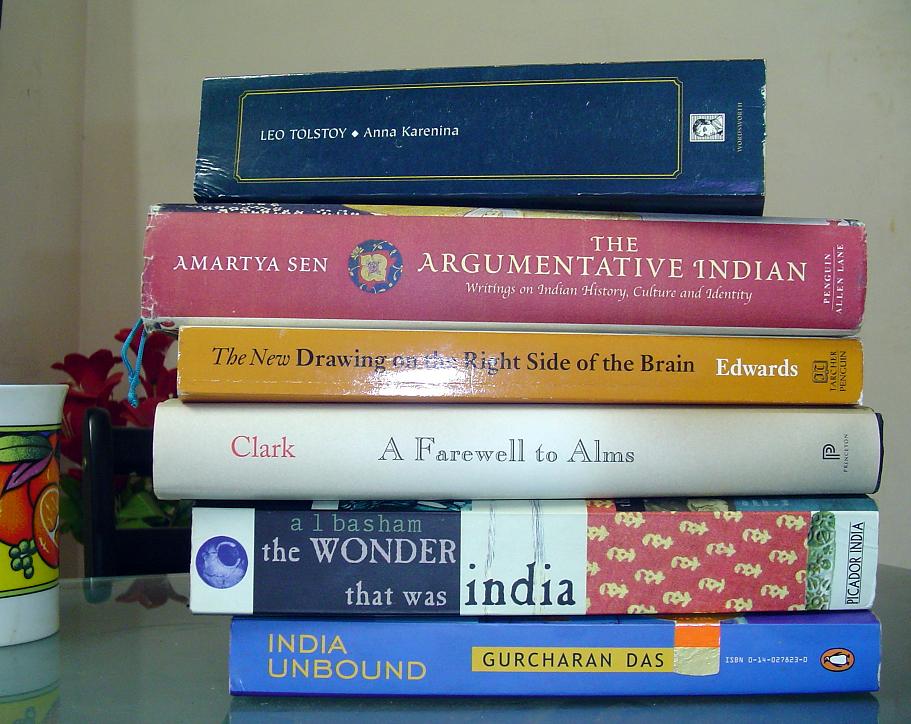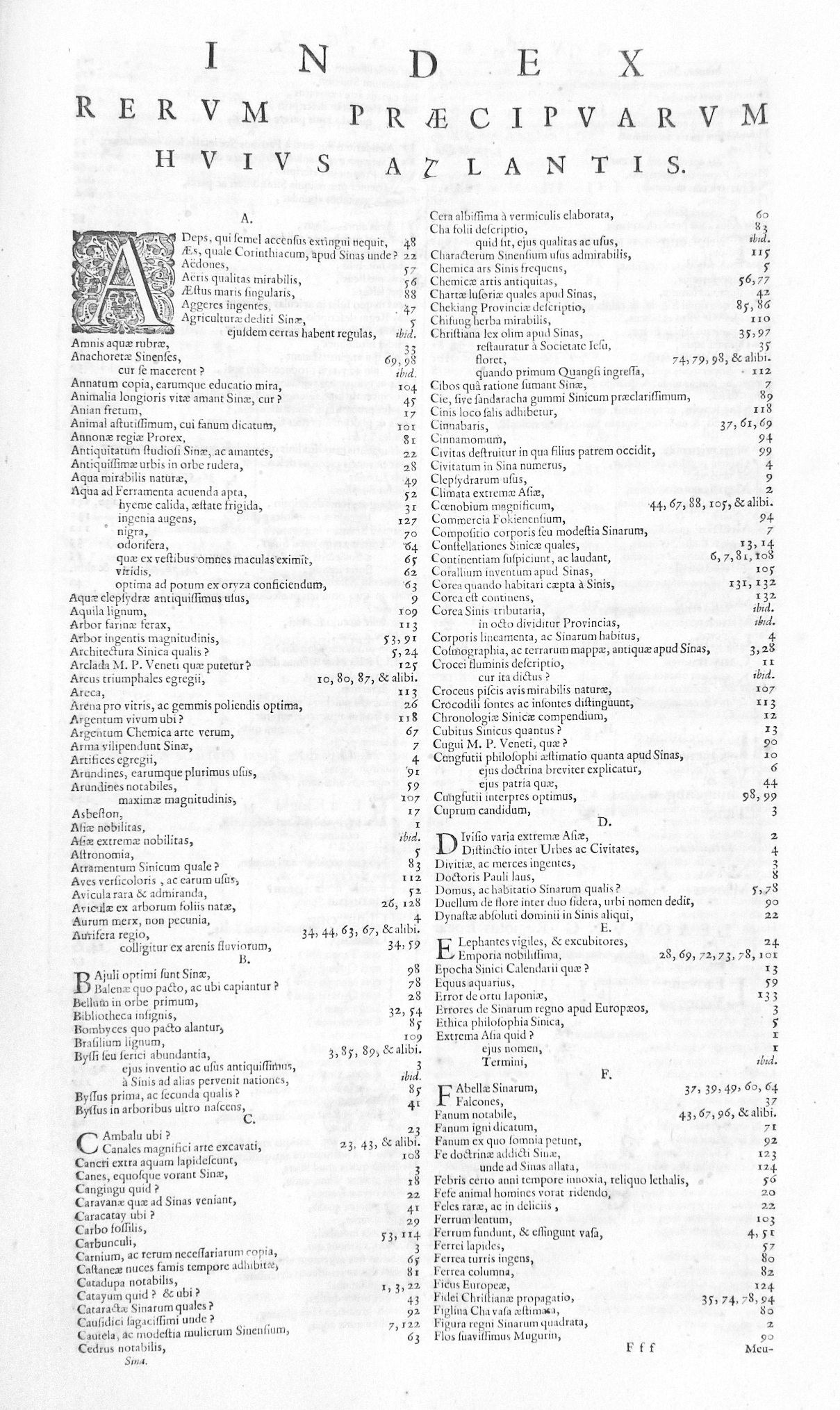|
Glossary
A glossary (from , ''glossa''; language, speech, wording), also known as a vocabulary or clavis, is an alphabetical list of Term (language), terms in a particular domain of knowledge with the definitions for those terms. Traditionally, a glossary appears at the end of a book and includes terms within that book that are either newly introduced, uncommon, or specialized. While glossaries are most commonly associated with non-fiction books, in some cases, fiction novels sometimes include a glossary for unfamiliar terms. A bilingual glossary is a list of terms in one language defined in a second language or Gloss (annotation), glossed by synonyms (or at least near-synonyms) in another language. In a general sense, a glossary contains explanations of concepts relevant to a certain field of study or action. In this sense, the term is related to the notion of ontology. Automatic methods have been also provided that transform a glossary into an ontology or a computational lexicon. C ... [...More Info...] [...Related Items...] OR: [Wikipedia] [Google] [Baidu] |
Dictionary
A dictionary is a listing of lexemes from the lexicon of one or more specific languages, often arranged Alphabetical order, alphabetically (or by Semitic root, consonantal root for Semitic languages or radical-and-stroke sorting, radical and stroke for Logogram, logographic languages), which may include information on definitions, usage, etymologies, pronunciations, Bilingual dictionary, translation, etc.Webster's New World College Dictionary, Fourth Edition, 2002 It is a Lexicography, lexicographical reference that shows inter-relationships among the data. A broad distinction is made between general and specialized dictionaries. Specialized dictionaries include words in specialist fields, rather than a comprehensive range of words in the language. Lexical items that describe concepts in specific fields are usually called terms instead of words, although there is no consensus whether lexicology and terminology are two different fields of study. In theory, general dictionarie ... [...More Info...] [...Related Items...] OR: [Wikipedia] [Google] [Baidu] |
Terminology Extraction
Terminology extraction (also known as term extraction, glossary extraction, term recognition, or terminology mining) is a subtask of information extraction. The goal of terminology extraction is to automatically extract relevant terms from a given corpus. In the semantic web era, a growing number of communities and networked enterprises started to access and interoperate through the internet. Modeling these communities and their information needs is important for several web applications, like topic-driven web crawlers, web services, recommender systems, etc. The development of terminology extraction is also essential to the language industry. One of the first steps to model a knowledge domain is to collect a vocabulary of domain-relevant terms, constituting the linguistic surface manifestation of domain concepts. Several methods to automatically extract technical terms from domain-specific document warehouses have been described in the literature. Typically, approaches ... [...More Info...] [...Related Items...] OR: [Wikipedia] [Google] [Baidu] |
Book Design
Book design is the graphic art of determining the visual and physical characteristics of a book. The design process begins after an author and editor finalize the manuscript, at which point it is passed to the production stage. During production, graphic artists, art directors, or professionals in similar roles will work with printing press operators to decide on visual elements—including typography, margins, illustrations, and page layout—and physical features, such as trim size, type of paper, kind of printing, binding. From the late Middle Ages to the 21st century, the basic structure and organization of Western books have remained largely unchanged. Front matter introduces readers to the book, offering practical information like the title, author and publisher details, and an overview of the content. It may also include editorial or authorial notes providing context. This is followed by the main content of the book, often broadly organized into chapters or secti ... [...More Info...] [...Related Items...] OR: [Wikipedia] [Google] [Baidu] |
Terminology
Terminology is a group of specialized words and respective meanings in a particular field, and also the study of such terms and their use; the latter meaning is also known as terminology science. A ''term'' is a word, Compound (linguistics), compound word, or multi-word Expression (language), expression that in specific context (language use), contexts is given specific meanings—these may deviate from the meanings the same words have in other contexts and in everyday language. Terminology is a discipline that studies, among other things, the development of such terms and their interrelationships within a specialized domain. Terminology differs from lexicography, as it involves the study of concepts, conceptual systems and their labels (''terms''), whereas lexicography studies words and their meanings. Terminology is a discipline that systematically studies the "labelling or designating of concepts" particular to one or more subject fields or domains of human activity. It does t ... [...More Info...] [...Related Items...] OR: [Wikipedia] [Google] [Baidu] |
Book
A book is a structured presentation of recorded information, primarily verbal and graphical, through a medium. Originally physical, electronic books and audiobooks are now existent. Physical books are objects that contain printed material, mostly of writing and images. Modern books are typically composed of many pages bound together and protected by a cover, what is known as the '' codex'' format; older formats include the scroll and the tablet. As a conceptual object, a ''book'' often refers to a written work of substantial length by one or more authors, which may also be distributed digitally as an electronic book ( ebook). These kinds of works can be broadly classified into fiction (containing invented content, often narratives) and non-fiction (containing content intended as factual truth). But a physical book may not contain a written work: for example, it may contain ''only'' drawings, engravings, photographs, sheet music, puzzles, or removable content like ... [...More Info...] [...Related Items...] OR: [Wikipedia] [Google] [Baidu] |
Fiction
Fiction is any creative work, chiefly any narrative work, portraying character (arts), individuals, events, or setting (narrative), places that are imagination, imaginary or in ways that are imaginary. Fictional portrayals are thus inconsistent with fact, history, or plausibility. In a traditional narrow sense, fiction refers to literature, written narratives in prose often specifically novels, novellas, and short story, short stories. More broadly, however, fiction encompasses imaginary narratives expressed in any Media (communication), medium, including not just writings but also drama, live theatrical performances, films, television programs, radio dramas, comics, role-playing games, and video games. Definition and theory Typically, the fictionality of a work is publicly expressed, so the audience expects a work of fiction to deviate to a greater or lesser degree from the real world, rather than presenting for instance only factually accurate portrayals or character (arts ... [...More Info...] [...Related Items...] OR: [Wikipedia] [Google] [Baidu] |
Term (language)
Terminology is a group of specialized words and respective meanings in a particular field, and also the study of such terms and their use; the latter meaning is also known as terminology science. A ''term'' is a word, compound word, or multi-word expression that in specific contexts is given specific meanings—these may deviate from the meanings the same words have in other contexts and in everyday language. Terminology is a discipline that studies, among other things, the development of such terms and their interrelationships within a specialized domain. Terminology differs from lexicography, as it involves the study of concepts, conceptual systems and their labels (''terms''), whereas lexicography studies words and their meanings. Terminology is a discipline that systematically studies the "labelling or designating of concepts" particular to one or more subject fields or domains of human activity. It does this through the research and analysis of terms in context for the pur ... [...More Info...] [...Related Items...] OR: [Wikipedia] [Google] [Baidu] |
Index (publishing)
An index (: usually indexes, more rarely indices) is a list of words or phrases ('headings') and associated pointers ('locators') to where useful material relating to that heading can be found in a document or collection of documents. Examples are an index in the back matter of a book and an index that serves as a library catalog. An index differs from a word index, or Concordance (publishing), ''concordance'', in focusing on the subject of the text rather than the exact words in a text, and it differs from a table of contents because the index is ordered by subject, regardless of whether it is early or late in the book, while the listed items in a table of contents is placed in the same order as the book. In a traditional ''back-of-the-book index'', the headings will include names of people, places, events, and concepts selected as being relevant and of interest to a possible reader of the book. The indexer performing the selection may be the author, the editor, or a professional ... [...More Info...] [...Related Items...] OR: [Wikipedia] [Google] [Baidu] |
Frahang-i Pahlavig
''Frahang-ī Pahlavīg'' (Middle Persian: 𐭯𐭥𐭧𐭭𐭢 𐭯𐭧𐭫𐭥𐭩𐭪 "Pahlavi dictionary") is the title of an anonymous dictionary of mostly Aramaic logograms with Middle Persian translations (in Pahlavi script) and transliterations (in Pazend script).. Its date is unknown. The glossary was previously known to Indian Zoroastrians, called the Parsis, as the ''mna-xvatay'' (traditionally pronounced ''mona khoda''), a name derived from the first two words (the lemma) of the first entry.. Relevant scripts' characteristics The Pazend script has the following characteristics, as contrasted with the Pahlavi script: * Pazend is a variant of the Avestan alphabet (''Din dabireh''), a phonetic alphabet. In contrast, Pahlavi is only an abjad. * Pazend does not have ideograms. In contrast, ideograms are an identifying feature of the Pahlavi system, and are words borrowed from Semitic languages such as Aramaic that continue to be spelled as in Aramaic transliter ... [...More Info...] [...Related Items...] OR: [Wikipedia] [Google] [Baidu] |
Controlled Vocabulary
A controlled vocabulary provides a way to organize knowledge for subsequent retrieval. Controlled vocabularies are used in subject indexing schemes, subject headings, thesauri, taxonomies and other knowledge organization systems. Controlled vocabulary schemes mandate the use of predefined, preferred terms that have been preselected by the designers of the schemes, in contrast to natural language vocabularies, which have no such restriction. In library and information science In library and information science, controlled vocabulary is a carefully selected list of words and phrases, which are used to tag units of information (document or work) so that they may be more easily retrieved by a search. Controlled vocabularies solve the problems of homographs, synonyms and polysemes by a bijection between concepts and preferred terms. In short, controlled vocabularies reduce unwanted ambiguity inherent in normal human languages where the same concept can be given different name ... [...More Info...] [...Related Items...] OR: [Wikipedia] [Google] [Baidu] |
Hypernym
Hypernymy and hyponymy are the semantic relations between a generic term (''hypernym'') and a more specific term (''hyponym''). The hypernym is also called a ''supertype'', ''umbrella term'', or ''blanket term''. The hyponym names a subtype of the hypernym. The semantic field of the hyponym is included within that of the hypernym. For example, "pigeon", "crow", and "hen" are all hyponyms of "bird" and "animal"; "bird" and "animal" are both hypernyms of "pigeon", "crow", and "hen". A core concept of hyponymy is ''type of'', whereas ''instance of'' is differentiable. For example, for the noun "city", a hyponym (naming a type of city) is "capital city" or "capital", whereas "Paris" and "London" are instances of a city, not types of city. Discussion In linguistics, semantics, general semantics, and ontologies, hyponymy () shows the relationship between a generic term (hypernym) and a specific instance of it (hyponym). A hyponym is a word or phrase whose semantic field is more ... [...More Info...] [...Related Items...] OR: [Wikipedia] [Google] [Baidu] |




